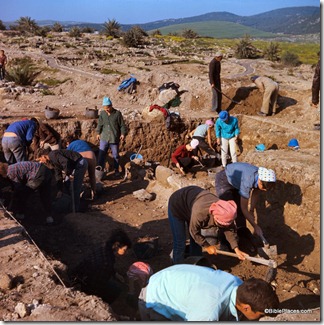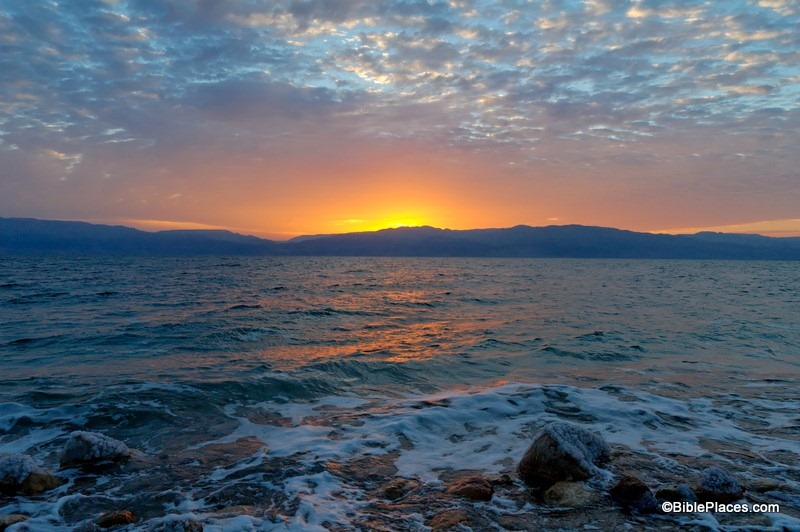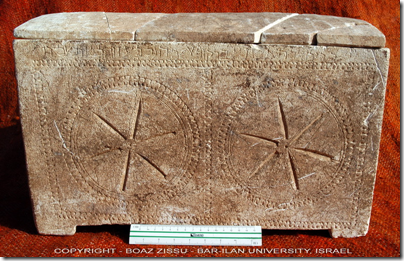While I’m traveling these weeks, I thought I might begin a new series of questions and answers. Over the last few months, I’ve written replies to inquiries from various friends and I will post one every few days.
Question: I have been working in Jeremiah and in 7:31 there is a reference the Valley of Ben Hinnom. Holladay suggests in his commentary (Jeremiah 1, 268) that the best identification of this valley is the Tyropoean Valley. The relevant paragraph is below. What do you think? –C.S.
The name of the valley is variously given as The Valley of Hinnom, The Valley of Ben- [= the Son of] Hinnom, or The Valley of Bene- [= the Sons of] Hinnom. Most authorities, following Gustaf Dalman, identify the valley with wādi ar-rabābi, the “Western Valley” which runs north-south, west of the Old City of Jerusalem, and then cuts east, meeting the Valley of Kidron. But other identifications have been proposed: Hugo Gressmann suggests wādi an-nār, the valley south of the junction between the Western Valley and the Valley of Kidron (and one notes that the Arabic name means “Valley of Hell”); and recently A. Douglas Tushingham has argued persuasively for the Tyropoean Valley, that is, the “Central Valley” running south from the southwest corner of the temple mount. Given the areas of occupation of Jerusalem in preexilic times, the Tyropoean Valley seems the best candidate.
Answer: I don’t think I’ve run across this before, which by itself means that since this proposal was made in 1971 probably no one has accepted it (except apparently one commentator). Without reading Tushingham, but looking at Jeremiah 7:31, I can tell you that Tushingham’s motivation likely comes from his association with Kathleen Kenyon who believed, in 1971, in the “minimalist” view of Jerusalem—that the city never included the Western Hill before the Hasmonean period. So the Central Valley would fit the scenario described in Jeremiah 7 in that view.
But since we now know that the Central Valley was enclosed within the walls during the time of Jeremiah (and no one questions that anymore), the theory never gained any traction. Holladay published his commentary in 1986. By that time, there was unanimous agreement against the minimalist view. If Holladay had carried out research with more recent sources, he would have avoided this error.




